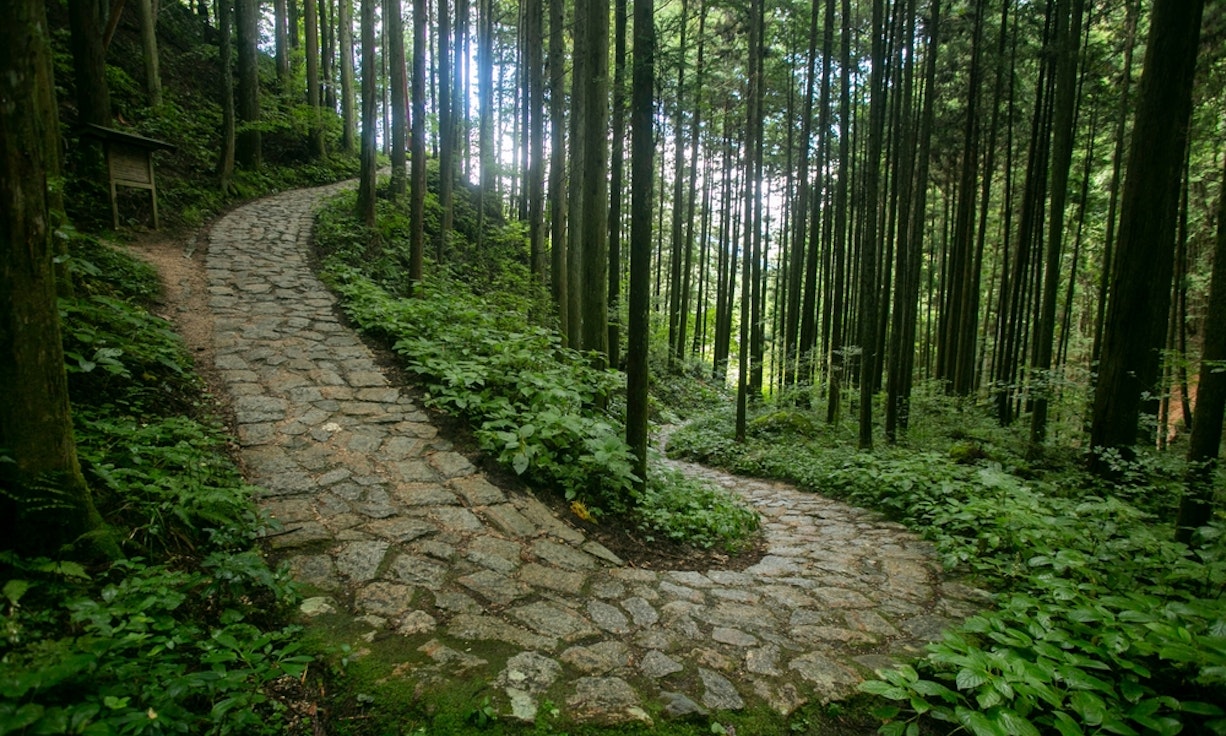
The Nakasendo Trail is an old walking route that once connected Tokyo (Edo) to Kyoto. One of the most beautiful parts of this trail is the hike between Magome and Tsumago, two preserved post towns in the Kiso Valley. If you’re looking for a peaceful hike through forests, hills, and traditional villages, this guide is perfect for you.
Take the Shinkansen (bullet train) to Nagoya (about 1.5 hours).
From Nagoya, take the JR Chuo Line to Nakatsugawa Station (about 1 hour).
Take the Shinkansen to Nagoya (35 minutes), then follow step 2 above.
Tip: Use apps like Hyperdia or Google Maps to check train times.
From Nakatsugawa Station, take a local bus to Magome-juku, the starting point of the hike.
Bus Ride Time: About 30 minutes
Cost: Around ¥600 - ¥800
Buses usually run every 30–60 minutes during the day.
Traveler’s Tip: Check the return bus schedule from Tsumago before you start the hike, especially in the late afternoon.
Comfortable walking shoes or hiking shoes
Small backpack
Water bottle (can refill along the way)
Light snacks or fruit
Rain jacket or umbrella (weather can change)
Sunscreen and hat
Camera or smartphone
Some cash (no ATMs in the mountains)
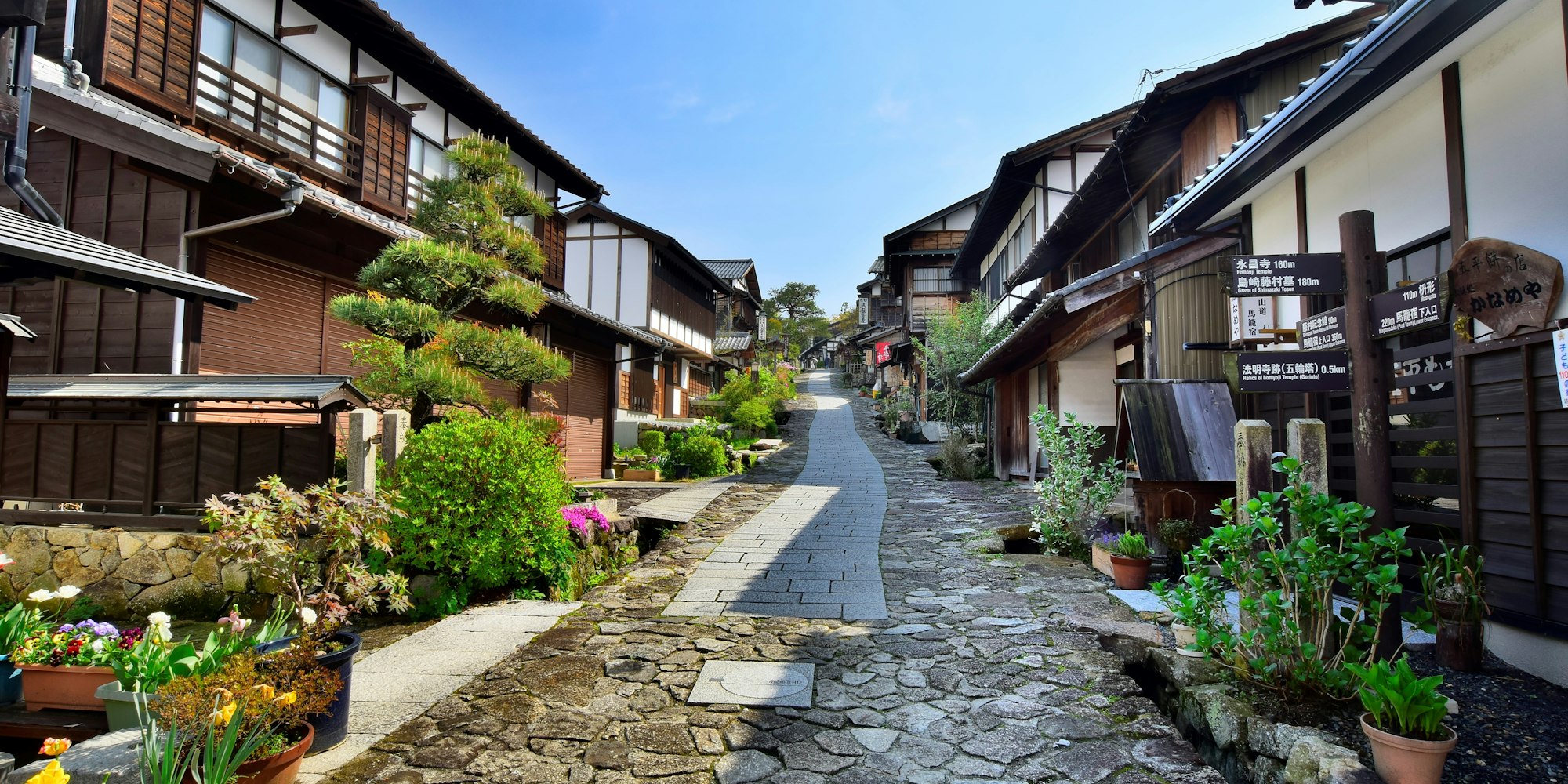
Magome is a beautifully restored Edo-period village with cobbled streets and wooden buildings. Before starting the hike, take time to explore the town.
✔ Walk through the sloped main street lined with souvenir shops and cafés
✔ Visit the Magome Wakihonjin Museum (a historic inn)
✔ Take photos of the mountain views
✔ Fill your water bottle—there are public restrooms and water taps available
Hillbilly Coffee Company – Great coffee, some light bites, and English-speaking staff.
Cafe Kappe – Traditional Japanese sweets, tea, and light meals. Offers some vegetarian snacks.
Dochu Oyaki - Sells traditonal Japanese snacks, including oyaki buns a delicious snack famous in Nagano.
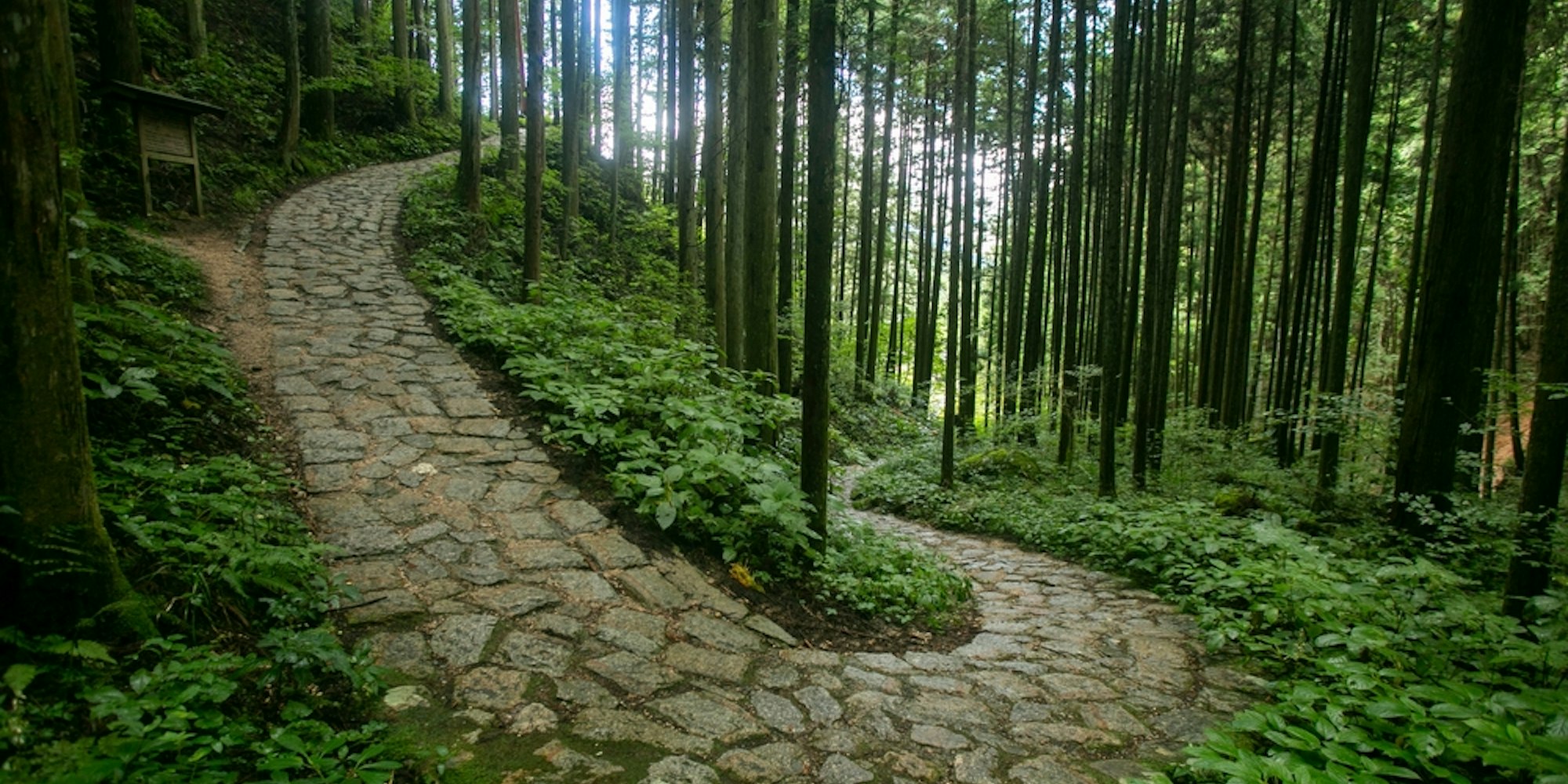
Distance: 8 kilometers (5 miles)
Hiking Time: 2.5 to 3.5 hours (depending on pace)
Difficulty: Easy to moderate (some uphill parts but well-marked)
This hike is peaceful and well-maintained, passing through forests, bamboo groves, mountain paths, and tiny villages.
What You Will See Along the Trail:
✔ Forest trails with birdsong and fresh mountain air
✔ Old tea houses and rest stops (some unmanned, some with tea/snacks)
✔ Lovely views of Mt. Ena and rice fields
✔ Jizo statues and old signposts
✔ Streams, waterfalls, and wooden bridges
Safety Note: The trail is safe and well-marked, but wear walking shoes or light hiking boots. Bring water and a hat in warmer months.
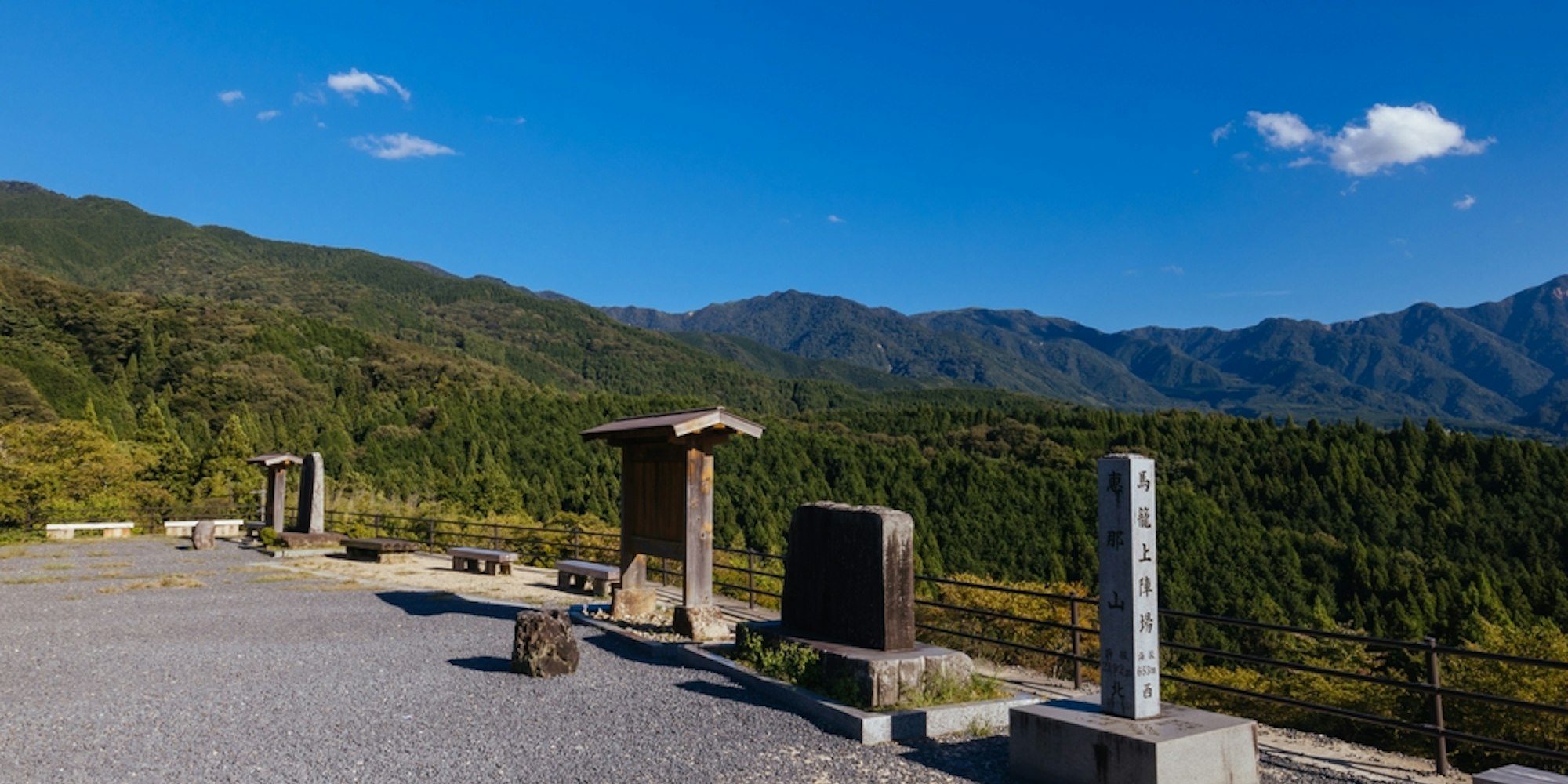
Restrooms: Available in both Magome and Tsumago, and at a few points along the trail
Vending Machines: Found near towns, not in the middle of the forest
Emergency Help: There are bells along the trail to scare away bears (very rare, but ring them as you pass for safety)
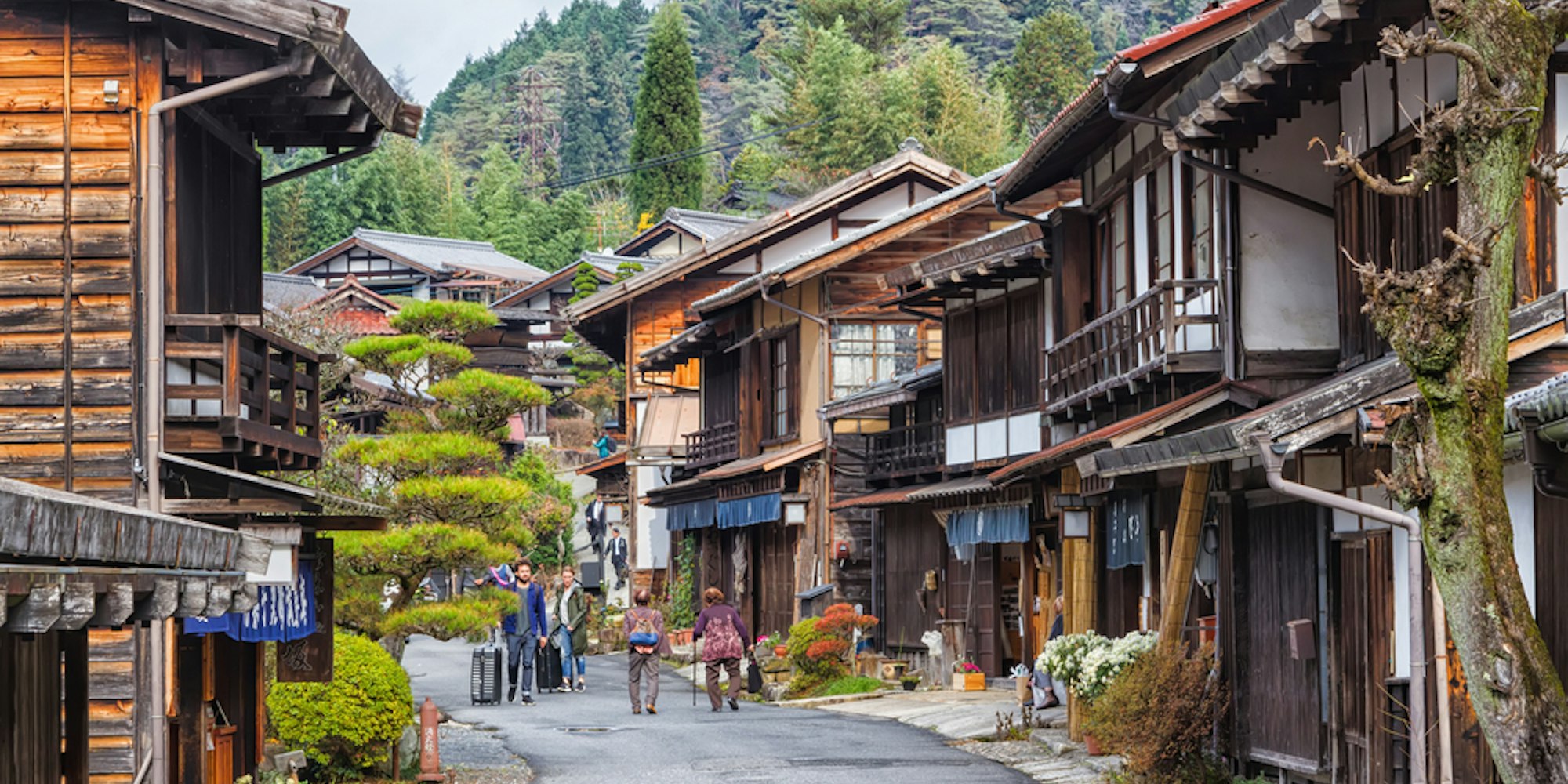
Tsumago is another beautiful post town, slightly more traditional and quiet than Magome.
What You Can Do in Tsumago:
✔ Walk along the preserved streets (no cars allowed in most parts)
✔ Visit the Tsumago Honjin museums (historic samurai inns)
✔ Shop for local crafts and wooden goods
✔ Take a break at a tea house or snack stall
After your hike, enjoy a warm and relaxing lunch in the village.
Restaurant Options:
Fujioto – Serves traditional Japanese set meals, often with seasonal vegetables.Otokichi.
Otokichi (Vegetarian-Friendly) – Soba noodle restaurant in a traditional setting.
Yamagiri Shokudo – Syokudo and Teishoku restaurant restaurant also serving currys and soft serve.
Chukasoba - Ramen restaurant serving soba (popular in this area) ramen.
Note: Some places may stop serving lunch after 2:30 PM, so plan your timing.
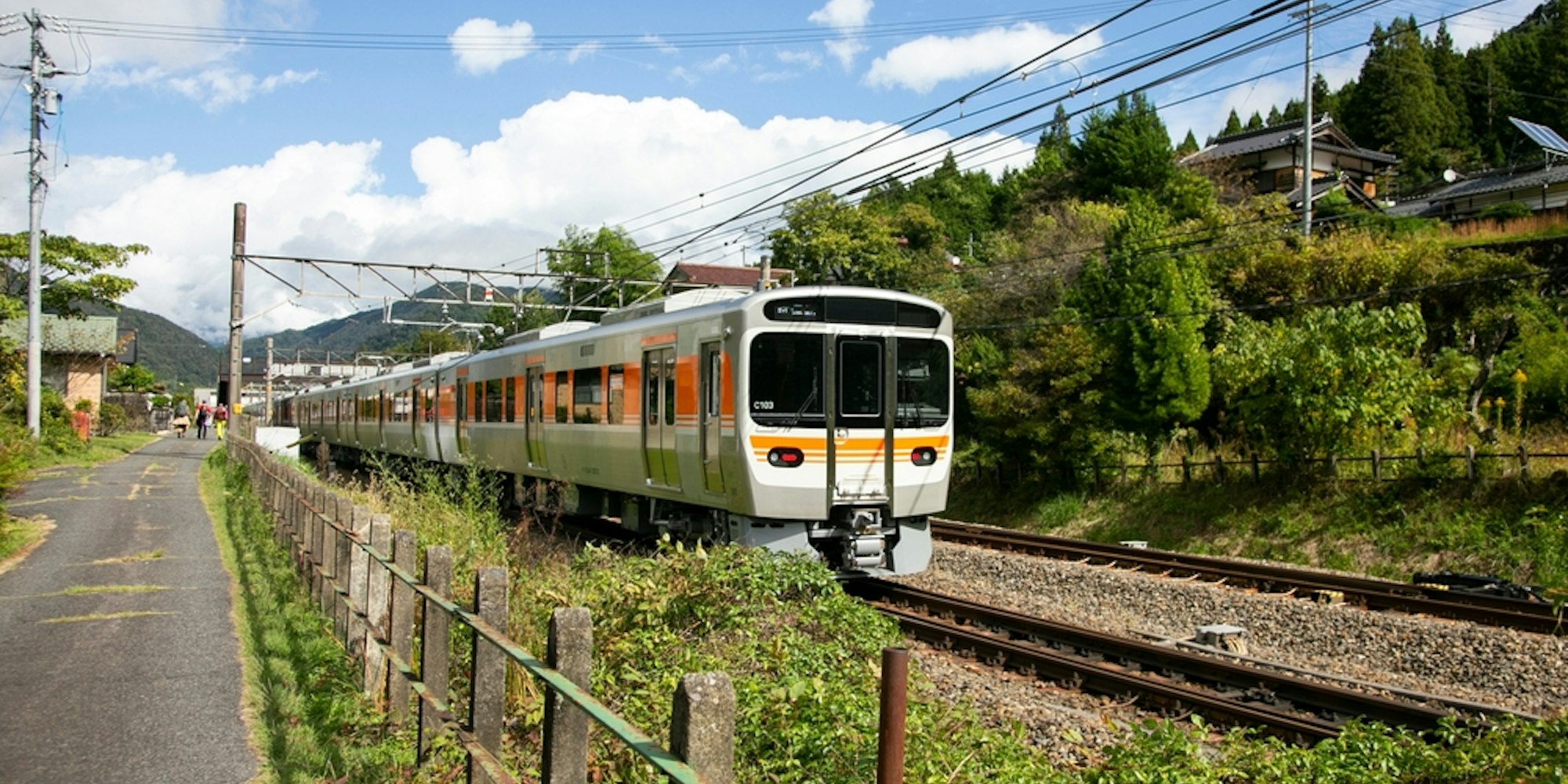
From Tsumago, take a local bus to Nagiso Station to catch your train back.
Bus Ride Time: About 10–15 minutes
Train from Nagiso to Nakatsugawa or Nagoya: Runs regularly via the JR Chuo Line
Tip: You can also hike back to Magome (8 km), but it’s best to do one-way unless you’re very active or staying overnight.
If you have time before your train, you can:
Browse souvenir shops in Tsumago or Magome for handmade goods
Enjoy another tea break
Visit a local onsen (hot spring) near Nakatsugawa or Nagiso if you're staying the night
After your hike and day of exploring, return to your hotel by train or continue to your next stop in Japan.
Trail Distance: 8 km (Magome to Tsumago)
Time Needed: 2.5 to 3.5 hours
Starting Point: Magome (bus from Nakatsugawa Station)
Ending Point: Tsumago (bus to Nagiso Station)
Best Time to Go: Spring, early summer, or autumn
What to Bring: Water, walking shoes, sun hat, snacks, cash

